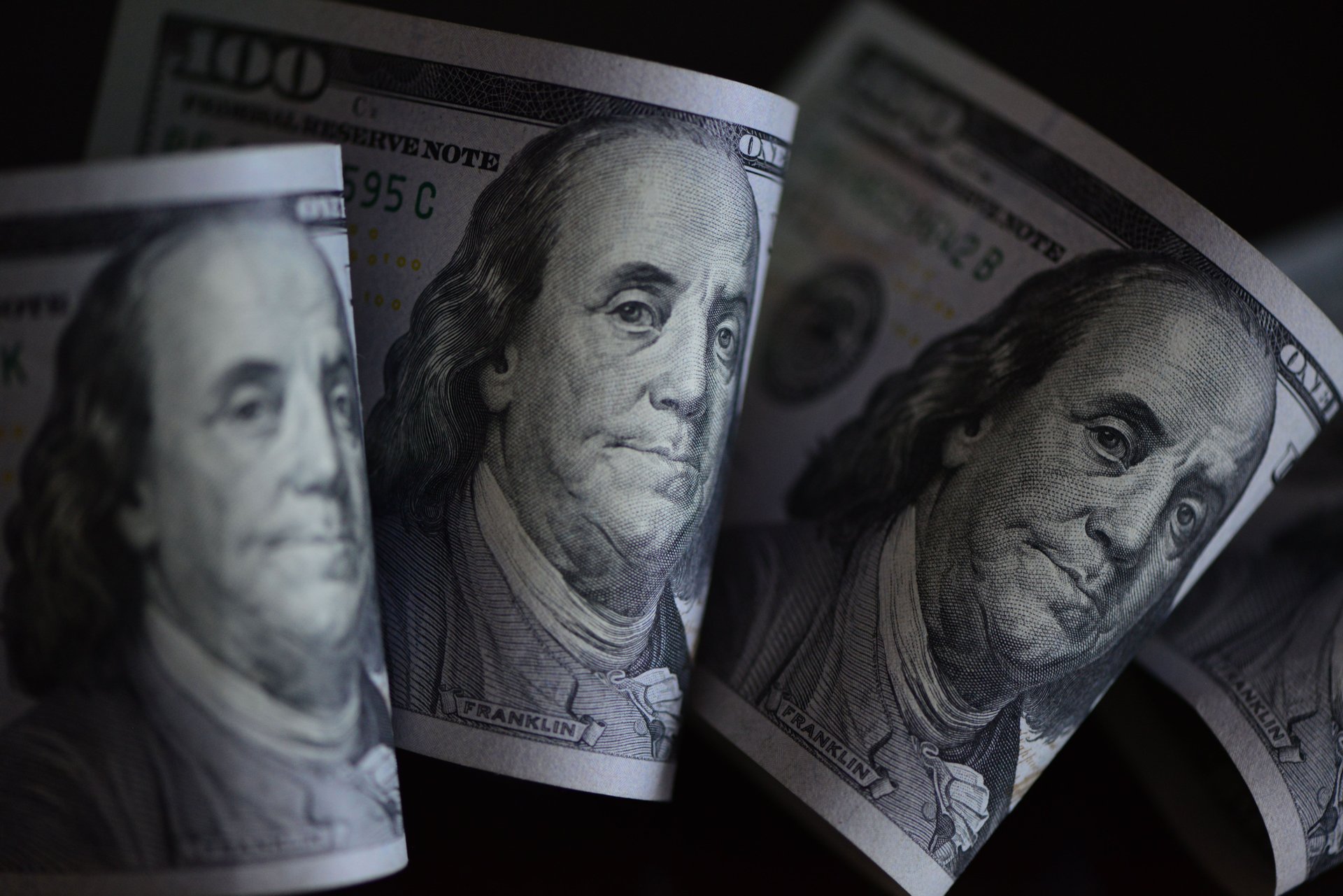The dollar just had its worst start to the year in half a century
Amid the trade war, a ballooning deficit, and a sharply falling dollar, investors are finally sweating the math

Costfoto/NurPhoto via Getty Images
In 2025, the U.S. dollar posted its steepest January-to-June drop since currencies began floating freely in the 1970s. It's now down more than 10% against a basket of peers.
Suggested Reading
The plunge reflects mounting investor anxiety over President Donald Trump’s fiscal and trade agenda, including a “Big Beautiful” spending bill that locks the federal deficit in at 6-7% of GDP, or about double the postwar average. All this amid Trump's loud claims of being a "cost cutting Republican." But with U.S. debt now above $36 trillion, markets appear to be genuinely questioning how long the dollar can retain its reserve-currency crown.
Related Content
Here's a quick look at related price action and effects across asset classes and populations.
The USD vs. gold and currency peers
Not coincidentally, gold — the classic refuge from volatility and currency turmoil — has jumped 25% since the beginning of the year, its biggest first-half rally since the collapse of Bretton Woods. The euro is up 12.5%, the Swiss franc 13.5%, and Japan’s yen nearly 8%. The dollar? Not so much.
In another striking contrast, even riskier currencies like Ghana’s cedi, Taiwan’s dollar, and Mexico’s peso have clocked double-digit gains as capital rushes out of U.S. assets in what PIMCO calls “the most prominent capital rotation” in 20 years.
Foreign holders of U.S. debt are losing money
What's more, even while stock markets in the U.S. and across the globe sit at record highs, the falling dollar has U.S. Treasuries getting hammered. Thirty-year yields hit 5.1% in May before sliding back.
This means foreign holders of U.S. debt have generally lost money this year. That’s because, when the dollar weakens, the value of U.S. Treasury bonds falls in foreign-currency terms — so even if the bond pays interest, overseas investors lose money when converting returns back to their own currency. In 2025, the dollar’s sharp drop has erased much of the value of those holdings, especially for investors in stronger currencies like the euro or Swiss franc.
Importing inflation
The hedge fund manager Spencer Hakimian summarized to Quartz the U.S. dollar's recent price action this way: "Cause = losing monetary credibility. Effect = Imported inflation."
That highlights another effect of the falling dollar: It doesn't just hurt investors. It hurts consumers, too.
As the greenback loses value, imported goods become more expensive, fueling that "imported inflation" Hakimian mentions. From TVs and phones to pharmaceuticals and groceries, anything sourced from abroad now costs more in dollar terms.
Downhill from here?
Markets are now watching as Trump tries to jam his fiscal bill through by July 4, just ahead of a looming trade war deadline.
The dollar’s fate in the second half of 2025 may rest on whether global investors keep ignoring the math — or finally start calling the bluff, sending it down even further. Until then, the pain may just keep compounding.
